We share 10 simple ways to calm your mind and manage a panic attack in the moment. Do you ever feel overwhelmed by sudden waves of anxiety and fear? If so, you’re not alone. Panic attacks are one of the most common mental health issues today.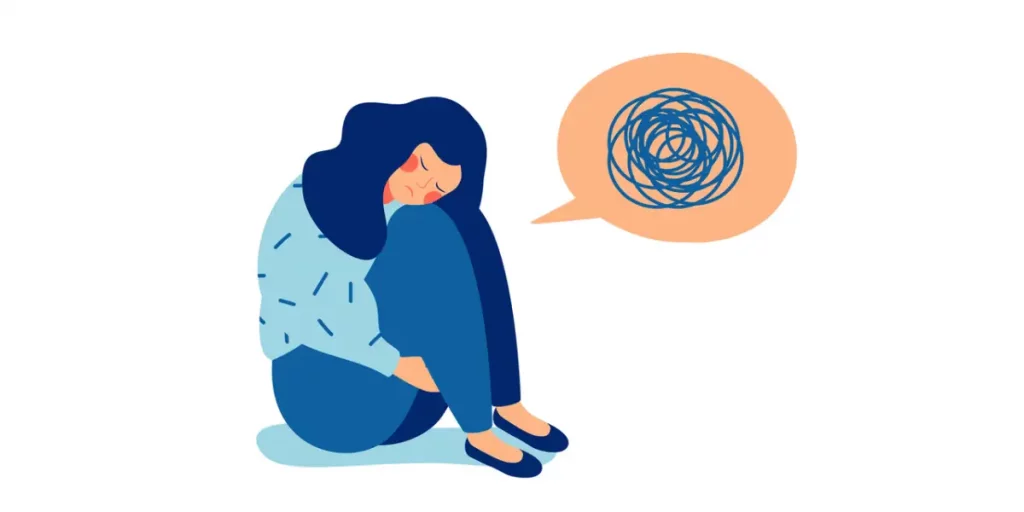
Fortunately, there are many strategies that can help manage panic quickly and effectively. We share 10 simple and effective ways to recover from a panic attack in no time.
From deep breathing exercises to aromatherapy, these actionable tips will help you regain control over your thoughts and emotions. So if you’re looking for quick relief from a panic attack, read on!
1. Take slow, deep breaths

A key way to quickly reduce the physical symptoms of a panic attack is to take slow, deep breaths and concentrate on bringing more oxygen into your body. This will help you to relax and calm down your breathing rate.
You can utilize heart rate variability (HRV) biofeedback exercises to see the objective impact of guided breath work on your nervous system.
With the help of an HRV biofeedback wearable device like Lief, you can monitor your heart rate in real-time. If your heart starts beating too fast, the equipment will let you know.
This can help you understand when your body is feeling anxious and teach you how to calm down quickly. With practice, HRV biofeedback can help you control your breathing and keep your heart from racing during panic attacks.
2. Focus on something positive

Try to focus on something that brings a sense of comfort or calm to you. It could be a happy memory, a picture of someone you love, or even a song that has special meaning to you.
3. Move your body
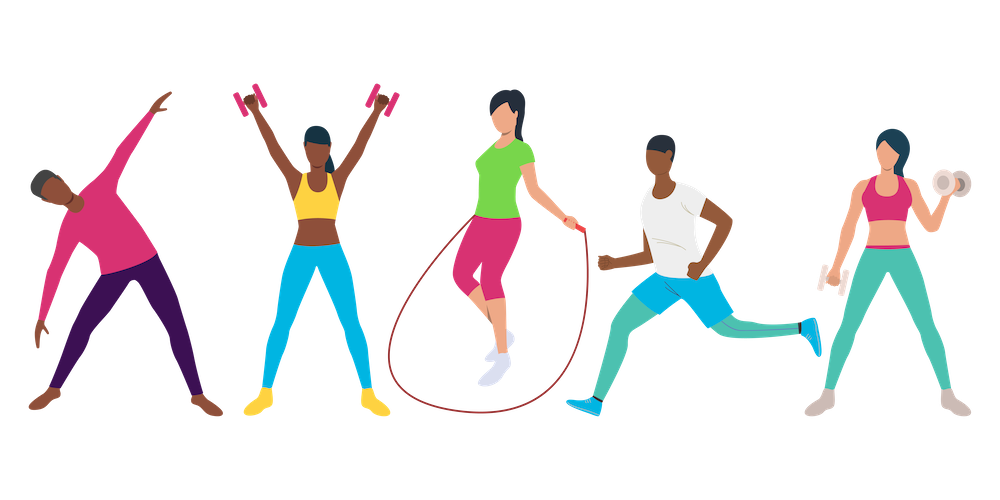
Exercise can help to reduce the physical symptoms associated with panic attacks, including elevated heart rate and shallow breathing. Taking a walk, doing some yoga stretches, or taking a few minutes to dance can all be effective ways to help you relax.
4. Change your environment

If possible, move to a different room or area where you feel more relaxed and safe. Sometimes just changing your environment can help reduce panic symptoms.
5. Talk it out

Talking to someone close to you or even a health coach or therapist can be a great way to help reduce panic and anxiety. Talking out your feelings with someone can help you gain perspective and find solutions to the current situation.
6. Practice relaxation techniques
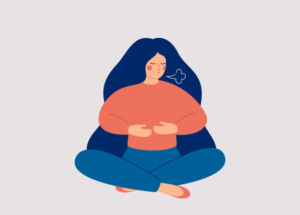
Techniques such as progressive muscle relaxation through HRV biofeedback, guided imagery, and meditation can all be effective tools for calming down during a panic attack. Make sure to practice these techniques regularly in order to understand how to use them effectively in times of need.
7. Challenge negative thoughts
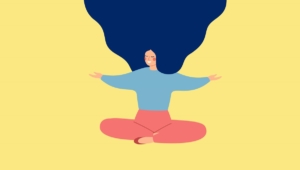
During a panic attack, it is normal for your mind to race with all sorts of negative thoughts. Instead, challenge these thoughts and look at the bigger picture. Remind yourself that you are safe and will eventually be okay.
8. Eat something small

Eating a small snack that is high in carbohydrates can help to reduce the symptoms of panic as it will release serotonin into your bloodstream and make you feel calmer.
9. Use aromatherapy

Certain essential oils such as lavender, chamomile, or sandalwood can help to reduce anxiety and stress levels. Try diffusing the oils in your room or simply rubbing a few drops of oil onto your wrists to help you relax.
10. Seek professional help

If your panic attacks are causing significant distress, it is important to seek professional help. A mental health professional can work with you to identify the underlying cause of your anxiety and help you to develop skills to cope with it.
We’ve shared 10 simple but effective ways to help you quickly reduce the symptoms of a panic attack. It is important to remember that panic attacks can happen to anyone, and with the right tools, you can manage them more effectively. With practice and ongoing support, you will be able to reduce panic and live a calmer, more balanced, and more peaceful life.
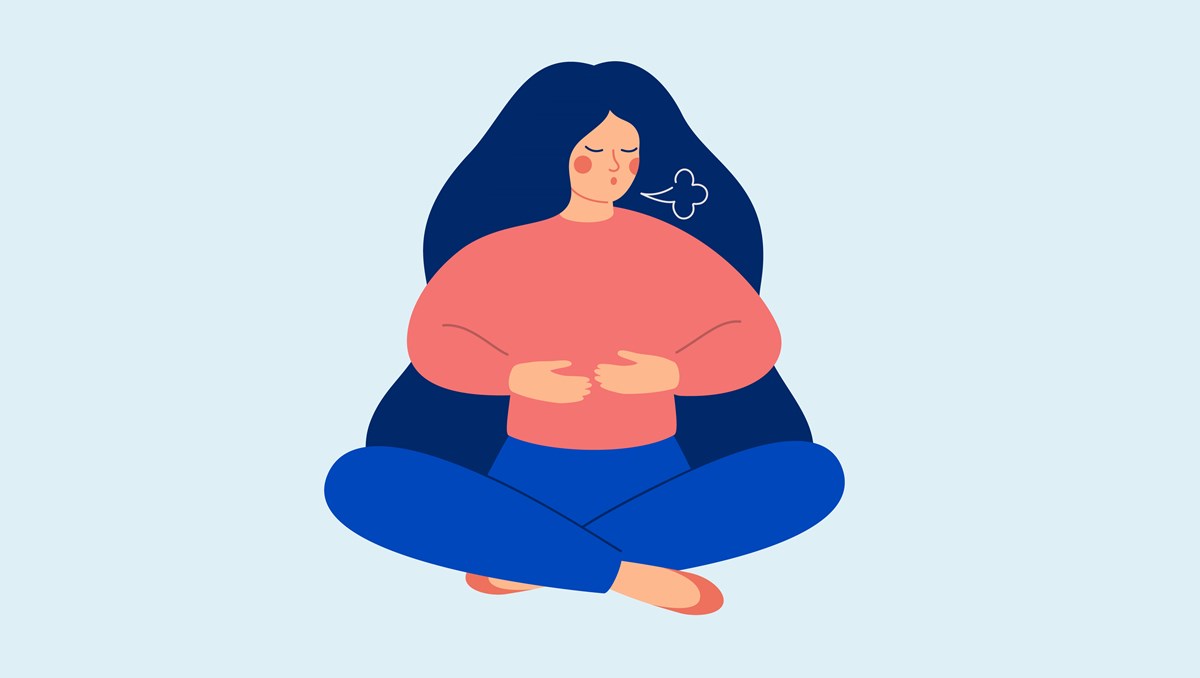

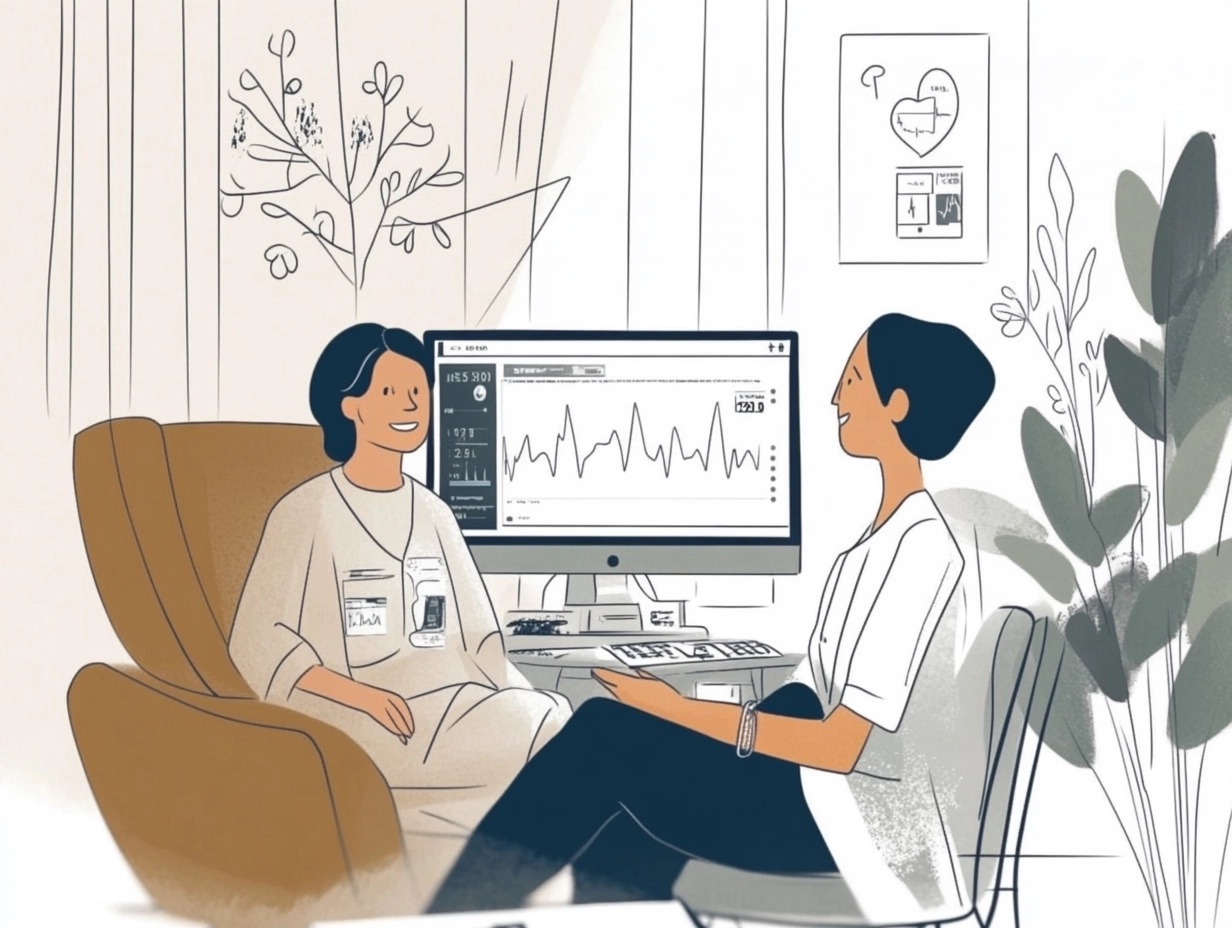


Leave a Reply
You must be logged in to post a comment.